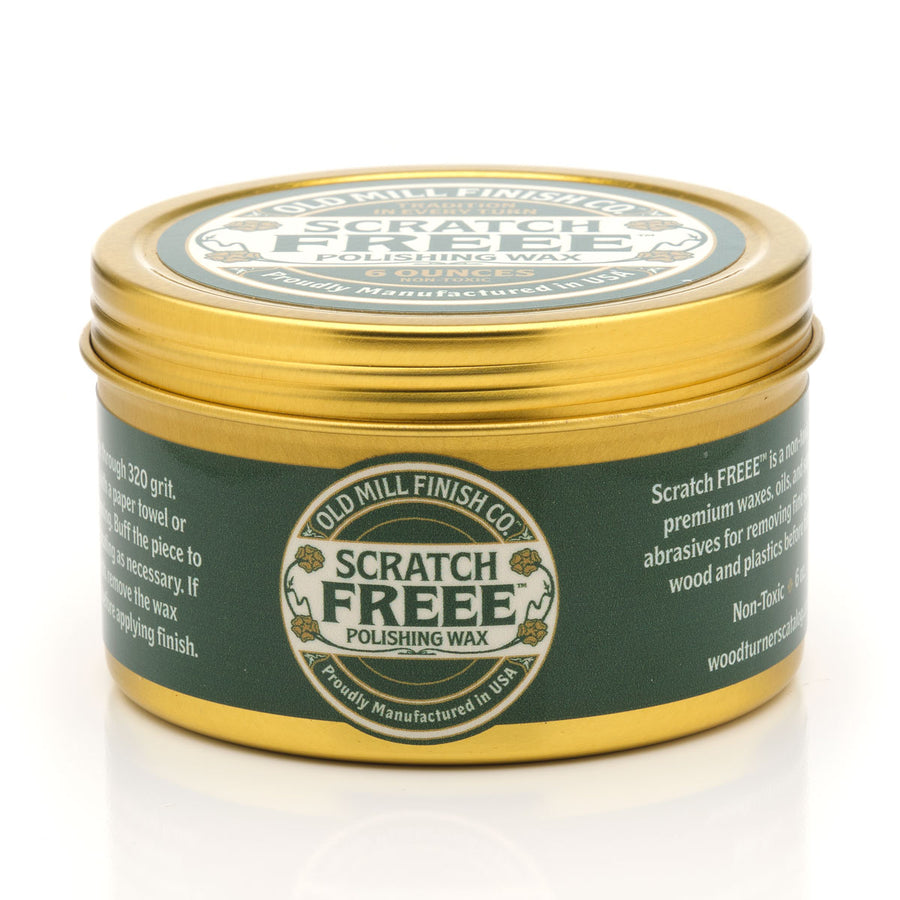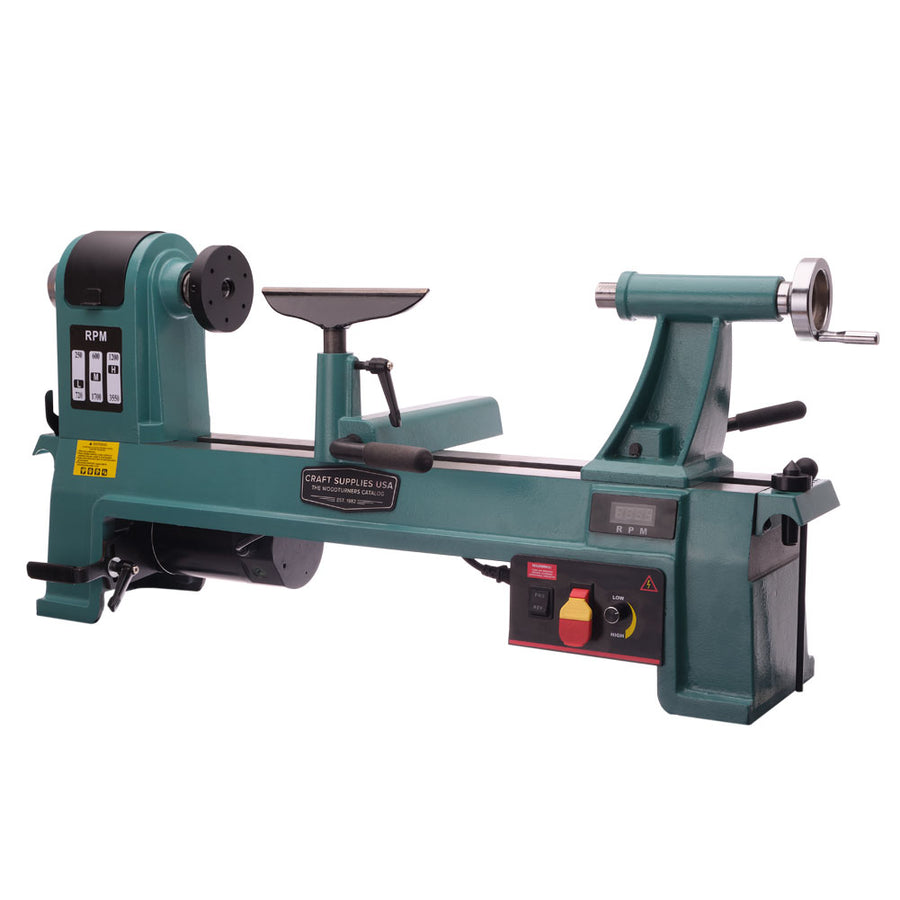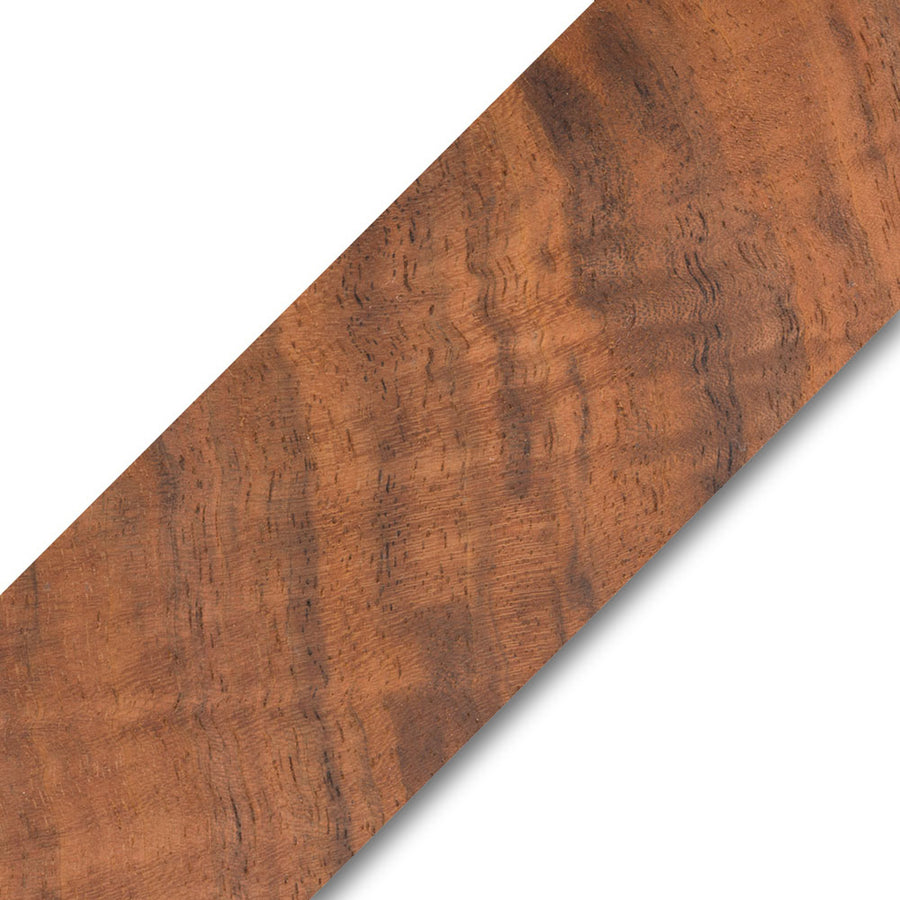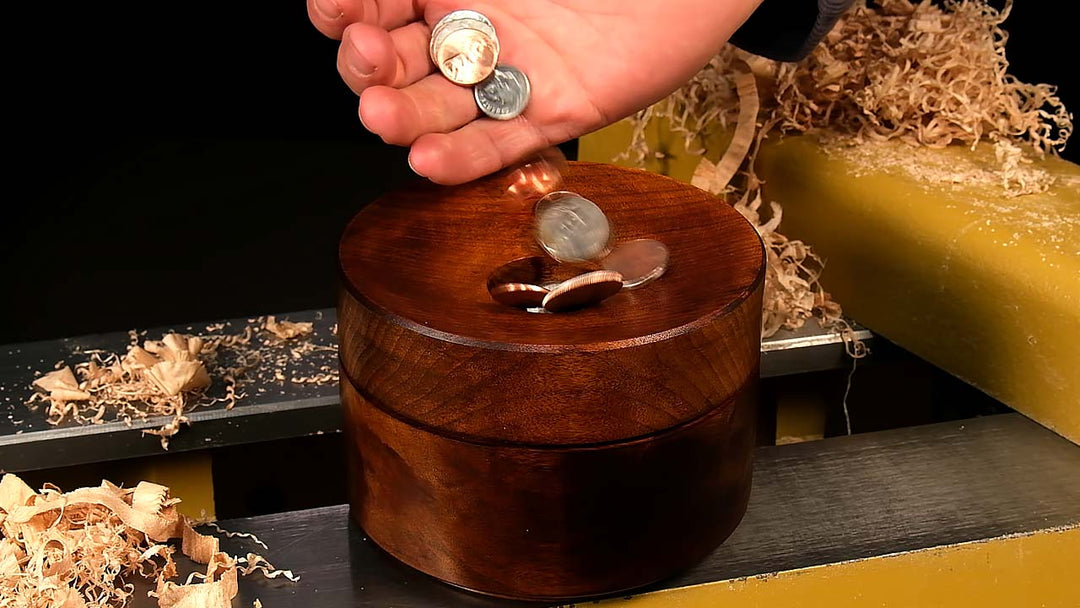Turning a Traditional German Smoker
Looking for a truly unique and charming addition to your holiday decorations? In this project video and article, Mike guides you through creating a German Smoker, an extremely popular German tradition and a fun, customizable Christmas decoration.
These figures aren’t just decorations, they come to life when you light an incense cone inside. The smoke gently wafts out of the character’s mouth, adding a seasonal scent and a ton of character!
The best part? This project is highly scalable. Whether you’re a beginner turning a simple, classic profile or an experienced turner looking to add intricate details, painting, and accessories (like a beard, hat, and pipe!), you can tailor the complexity to your skill level.
Essential Materials & Components
The German Smoker is turned in two main sections: the body/head and the base/legs.
- Wood Blanks
- Main Body (Head & Body): Roughly 3” x 3” x 7-1/2” blank.
- Base/Legs: Roughly 3” x 3” x 3” blank.
- Main Body (Head & Body): Roughly 3” x 3” x 7-1/2” blank.
-
Smoker Kit Components
- Brass wire for the pipe stem.
- Incense cones (to create the smoke).
- A small brass cup or to hold the burning incense safely.
- Brass wire for the pipe stem.
- Tools (As used in the video):
- Lathe and Chuck Jaws (2-1/2” dovetail and smaller pin jaws are recommended).
- Skew Chisel (A radius sweep on the grind is highly recommended for clean planing cuts).
- 3/8” Spindle Gouge.
-
Parting Tool (Nano parting tool is ideal).
- Forstner Bit (1-3/4” is a good starting size for the body cavity).
- Brad Point Drill Bits (for the chimney and mouth holes).
- Lathe and Chuck Jaws (2-1/2” dovetail and smaller pin jaws are recommended).
Pro-Tip: Mastering the Skew Chisel
In this project, Mike extensively uses the skew chisel for clean, burnished surfaces. Remember two key principles to avoid catches:
- Bevel Contact First (ABC): Always anchor the tool on the rest, find the bevel, and only then engage the cutting edge by lifting the handle slightly.
- Cut on the Lower Half: Always keep your cutting action on the lower half of the tool’s edge, working from the center down to the heel.
Turning the Main Body: Hollowing and Shaping
The main body serves two purposes: shaping your character and creating an internal chimney for the smoke.
Step 1: Roughing and Tenon
- Secure the main blank (the body end) in your chuck jaws and turn the head end to a round tenon to fit the jaws.
- Use a peel cut to quickly reduce the material for the tenon, followed by a slice cut to clean up the torn end-grain fibers for a crisp shoulder.
Step 2: Internal Hollowing
- Drill the Body Cavity: Flip the blank and secure it via the tenon. Use a Forstner bit (e.g., 1-3/4”) to drill the main cavity.
- Safety Check: You need at least 2 to 3” of space between the top edge of the incense and the inside ceiling of the wood to prevent burning the wood.
- Safety Check: You need at least 2 to 3” of space between the top edge of the incense and the inside ceiling of the wood to prevent burning the wood.
- Drill the Chimney Hole: Mark the height for the head and use a 1/2” drill bit to drill the chimney from the inside of the cavity, up to the center of where the mouth will be. Back out the bit frequently to clear shavings.
Step 3: Shaping the Form
- Remount the drilled blank using pin jaws or a jam chuck.
- Use your parting tool to define the break between the head and the excess waste block.
- Shape the body first (like a tapered coat or rotund belly), then the head, aiming for a smaller diameter at the neck.
- Use your spindle gouge to round over the head. Always finish cuts with the flute completely closed (at the 3 or 9 o’clock position) when descending into a groove to prevent catches.
- Part off the waste block, refine the top of the head, and sand the entire piece.
Step 4: Final Holes and Detailing
- Before applying dye, drill the chimney/vent hole on the back of the body (above the base line) and the mouth hole on the front of the head.
- Tip: Use a brad point bit for a cleaner initial cut on the rounded surface.
- Tip: Use a brad point bit for a cleaner initial cut on the rounded surface.
- Apply dye (like Chestnut Red) to the body. Use a marker for the tight neck groove to prevent the dye from bleeding onto the head.
Turning the Base and Small Details
Base/Legs
- Turn the base blank to round and create a tenon that precisely fits the drilled cavity in the body.
- Shape the base into a set of legs or a pedestal.
- Part off, then remount with the final shape into small chuck jaws to clean up and create a slight concave bottom to eliminate parting-tool tear-out.
- Dye the base (e.g., Artisan Black).
Pipe, Buttons, Nose, and Hands
Turn these small, decorative pieces from a contrasting wood (like maple), making sure to turn them at a safe speed. This is small work, so use a small skew (1/2”) or a small spindle gouge to make the round, half-bead cuts.
- Pipe: Drill the small hole for the brass wire before turning to the final diameter to avoid drilling through the side.
- Buttons: Keep them relatively flat for easy gluing.
- Nose: Make it slightly more rounded than the buttons.
- Hands: Part them off with a flat surface for easy gluing to the body.
Assembly and Finishing Touches
- Use CA glue to attach the buttons and nose to the body. Use a very small amount and place it carefully to avoid glue marks. A quick spray of accelerator can help lock it in place once you have it where you want it.
- Paint any details (eyes, cheeks) before applying the final finish.
- A fine-mist spray lacquer is recommended to achieve a high-gloss finish without buffing, which is difficult on these curved, assembled pieces.
- Glue the brass cup into the base, shape the brass wire into the pipe stem, and glue the wooden pipe bowl to the wire. Finally, glue the pipe into the mouth hole.
Your German Smoker is now ready to take its place among your holiday heirlooms! Simply light the incense, place the body onto the base, and watch the smoke bring your creation to life.









